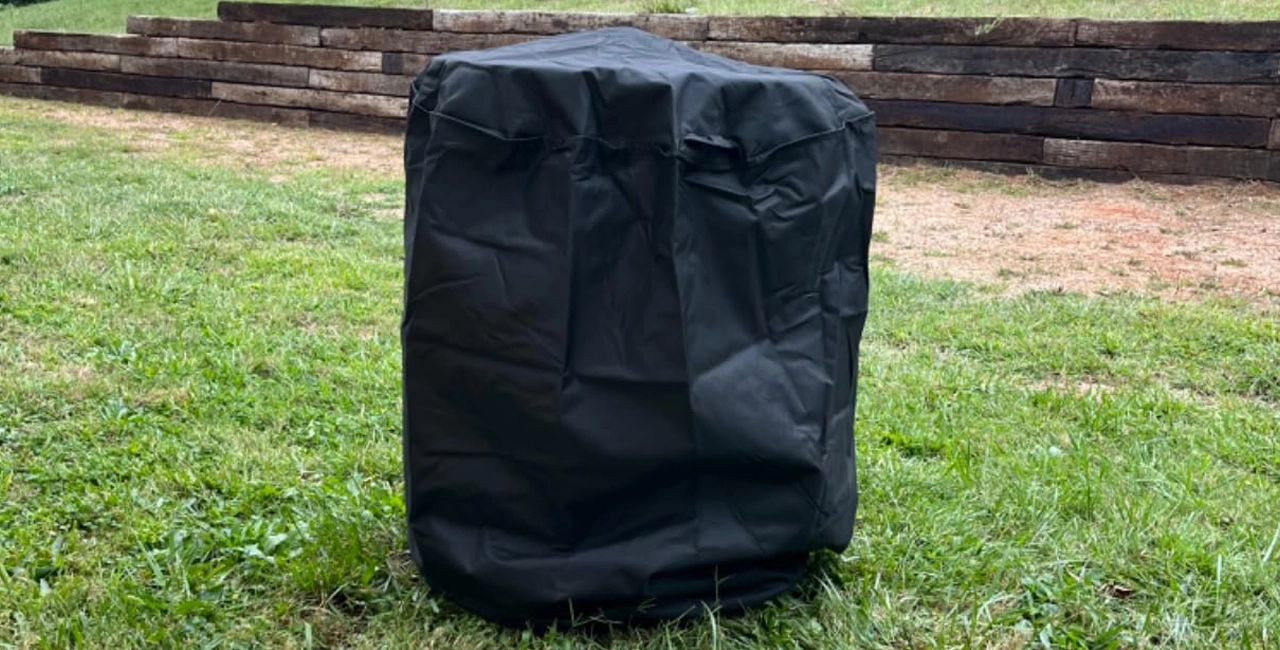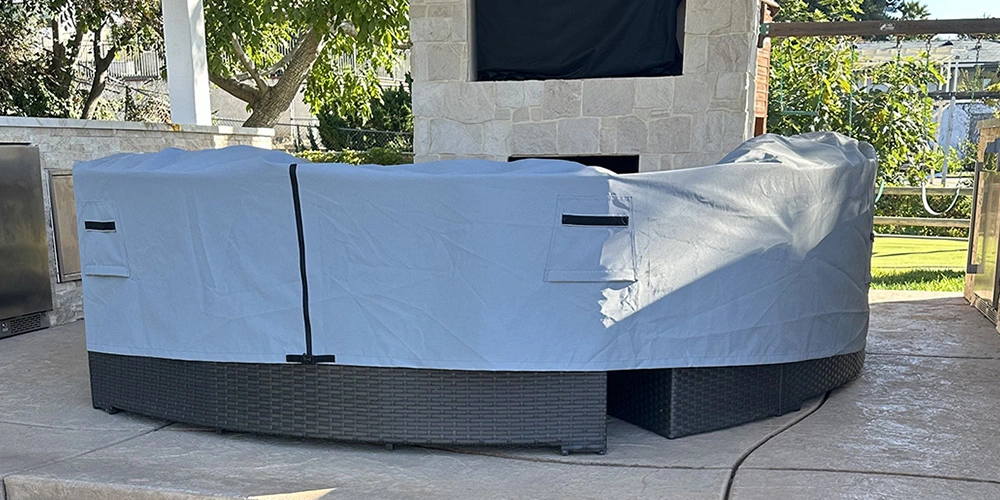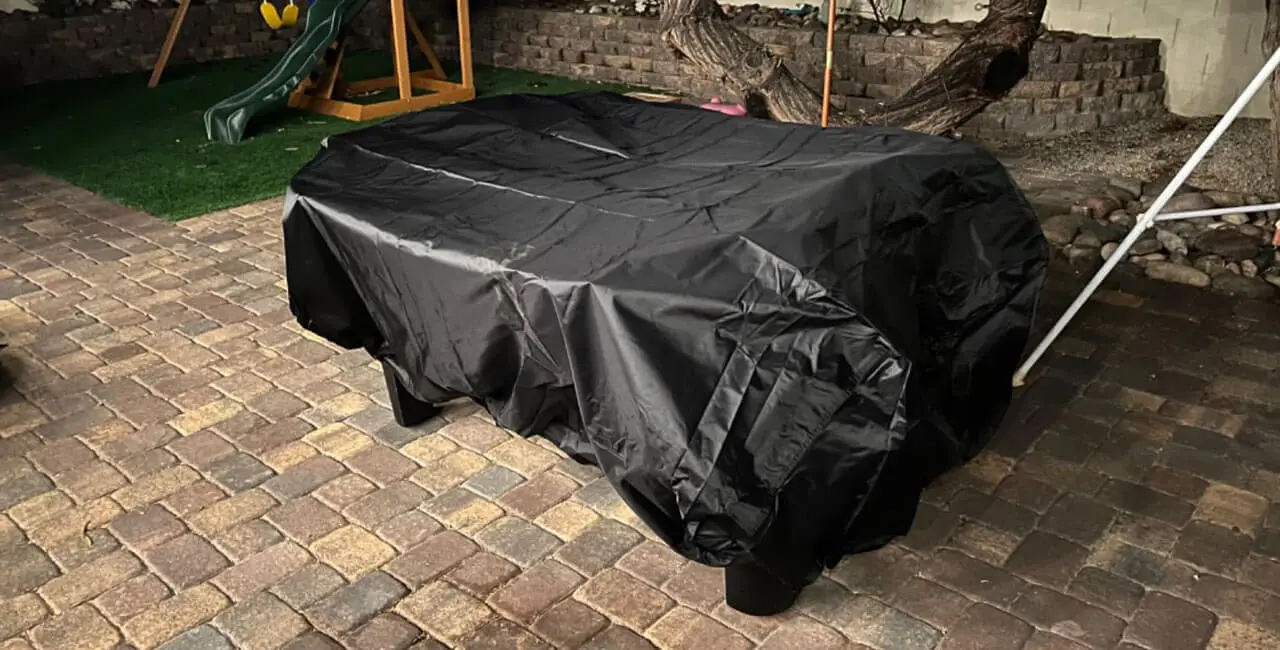Ultraviolet Stabilizer (UV Stabilizer)
Composition: Hindered Amine Light Stabilizers (HALS) such as Tinuvin 770, Chimassorb 944; Ultraviolet Absorbers (UVA) such as benzophenone derivatives and benzotriazole derivatives.
Recommended Addition Ratio: 0.5% - 2% (by resin weight).
Performance Impact: Enhances outdoor weather resistance, prevents UV degradation, extends service life; excessive addition may affect transparency or mechanical properties.
Cost Impact: HALS is more expensive but offers long-lasting effects, while UVA is cheaper but requires combination with HALS for optimal performance.
Anti-Aging Agent
Composition: Phenolic antioxidants (BHT, Irganox 1010), Thioester antioxidants (DLTDP, DSTDP), Phosphite antioxidants (TPP, TNPP).
Recommended Addition Ratio: 0.3% - 1.5%.
Performance Impact: Prevents oxidative degradation during high-temperature processing and long-term use, delays aging; excessive amounts may cause resin yellowing or decomposition by-products.
Cost Impact: Phenolic antioxidants are low-cost and suitable for general weather-resistant products, while thioester and phosphite antioxidants are used for high-end aging-resistant materials with higher costs.
Flame Retardant (FR)
Composition: Halogen-based retardants (e.g., decabromodiphenyl ether, DBDPO), Phosphorus-based retardants (e.g., melamine polyphosphate, MP), Aluminum hydroxide and Magnesium hydroxide.
Recommended Addition Ratio: Halogen-based: 5%-20% (high efficiency but environmentally restricted); Phosphorus-based/inorganic: 10%-30% (eco-friendly but requires high loading levels).
Performance Impact: Improves fire resistance to meet UL94 and FMVSS 302 standards; excessive use may reduce flexibility and mechanical properties.
Cost Impact: Halogen-based retardants are cheap but face environmental restrictions, while phosphorus-based & inorganic fillers are more expensive but comply with EU environmental regulations.
Plasticizer
Composition: Phthalate esters (DOP, DINP, DOTP) as conventional PVC plasticizers; Non-phthalate esters (TOTM, DOA) as eco-friendly plasticizers; Epoxidized soybean oil (ESO) as an environmentally friendly cold-resistant plasticizer.
Recommended Addition Ratio: 20%-50% (depending on flexibility requirements).
Performance Impact: Enhances flexibility, improves low-temperature resistance; excessive addition may reduce aging resistance and increase plasticizer migration.
Cost Impact: DOP and DINP are inexpensive (suitable for standard PVC), while TOTM and DOA are more costly but provide superior environmental compliance and durability.
UV Absorber
(Functions similarly to UV stabilizers but focuses specifically on UV absorption.)
Composition: Benzotriazole derivatives (Tinuvin 234), Benzophenone derivatives (UV-531).
Recommended Addition Ratio: 0.2%-1%.
Performance Impact: Enhances UV resistance and reduces color fading; excessive use may affect transparency.
Cost Impact: Benzotriazole derivatives are more expensive but more effective than benzophenone derivatives.
Anti-Yellowing Agent
Composition: Hindered Amine Light Stabilizers (HALS), Antioxidants (Irganox 245).
Recommended Addition Ratio: 0.3%-1%.
Performance Impact: Prevents yellowing caused by light exposure or oxidation; excessive addition may affect transparency.
Cost Impact: HALS-based high-end products are expensive but provide long-lasting effects.
Heat Stabilizer
Composition: Barium/Zinc, Calcium/Zinc stabilizers (eco-friendly).
Recommended Addition Ratio: 1%-5%.
Performance Impact: Prevents degradation during high-temperature processing, maintains color stability; excessive amounts may affect processing fluidity.
Cost Impact: Ca/Zn stabilizers are more expensive but comply with environmental standards.
Cold Flexibility Agent
Composition: Low-temperature plasticizers (DOA, DINA), Modified silicone compounds.
Recommended Addition Ratio: 5%-20%.
Performance Impact: Maintains flexibility at low temperatures and prevents brittleness; excessive use may reduce tensile strength.
Cost Impact: DOA is inexpensive, while modified silicone compounds are costly but provide superior performance.
Scratch Resistant Agent
Composition: Nano silica, Fluoropolymer coatings.
Recommended Addition Ratio: 1%-5%.
Performance Impact: Enhances scratch resistance; excessive use may affect gloss.
Cost Impact: Nano silica is affordable, while fluoropolymers are more expensive.
Anti-Cracking Agent
Composition: Elastomeric copolymers (TPU, SEBS).
Recommended Addition Ratio: 5%-15%.
Performance Impact: Improves tear resistance and fold durability; excessive amounts may affect processability.
Cost Impact: TPU is expensive but offers superior performance.
Anti-Static Agent
Composition: Quaternary ammonium salts.
Recommended Addition Ratio: 0.5%-3%.
Performance Impact: Reduces static accumulation; excessive amounts may affect surface feel.
Inorganic Filler
Composition: Calcium carbonate (CaCO₃), Talc, Silicon dioxide.
Recommended Addition Ratio: 5%-50%.
Performance Impact: Reduces production costs, improves dimensional stability; excessive amounts reduce flexibility.
Cost Impact: Low-cost filler to reduce production costs.

 English
English 

